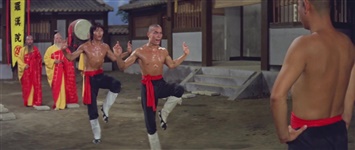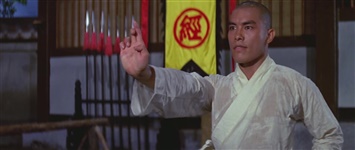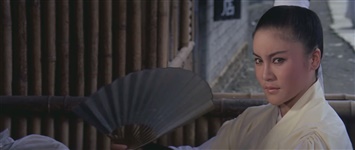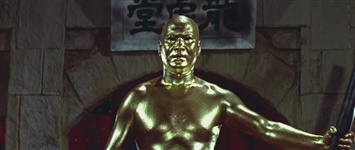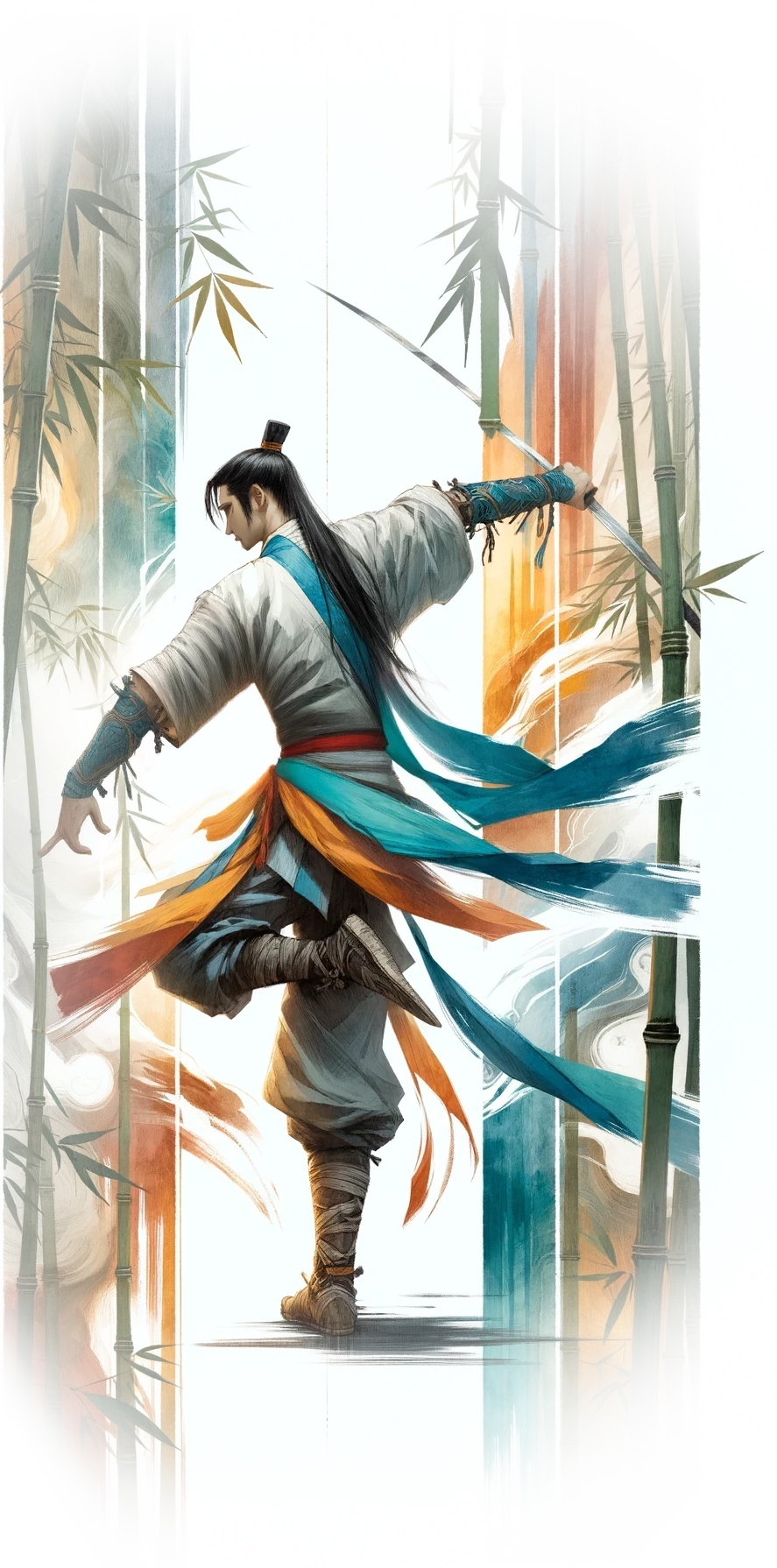The 18 Bronzemen (1976)
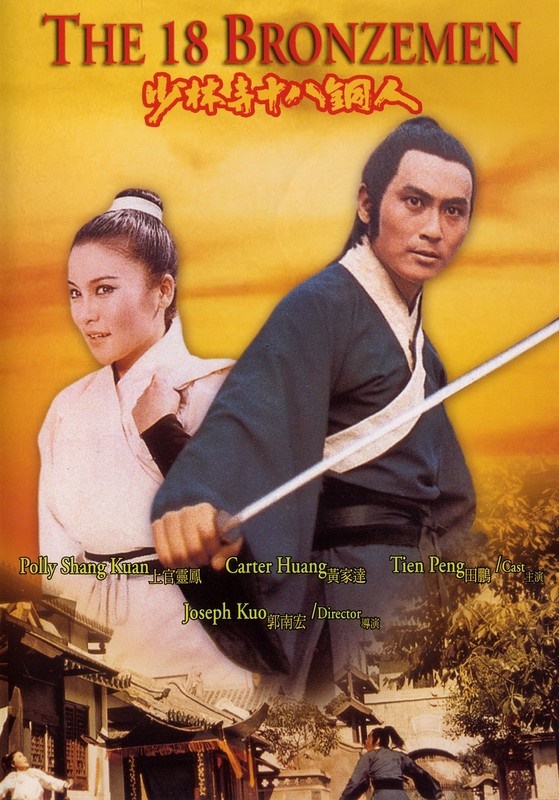
Tang Siu-Lung is delivered to Shaolin Temple by his grandmother as a child and sworn to learn kung fu at all costs. After many years of arduous training Tang wants to see his grandmother again, but first he has to pass the legendary 18 Bronzemen trial to be permitted to leave Shaolin.
It turns out it's not all that hard, so after a couple of attempts off he goes.
If you're going to name your film after something they ought to be central to its development, in my world view, but the Bronzemen trial starts near the beginning of the film and it is over well before the middle, with the titular shiny boys firmly in the rear view mirror after that.
I guess you couldn't really have the trial take up the entire film, but in this case it feels like the film promises more than it delivers, making it rather unclimactic... which I guess is fair, since it's nowhere near the end. Since there's a whole 18 Bronzemen Part 2 it does feel like it would have made sense to have the Bronzemen trial be the climax of Part 1 though.
After leaving Shaolin things follow a more traditional Taiwanese wuxia plot - Qing vs Ming, traitors and hidden identities, Polly Shang-Kuan being a complete arsehole for no obvious reason (this is actually the highlight of the film), before rather unceremoniously plunging into the standard parental vengeance finale, where we do get to see some Shaolin kung fu deployed at least.
Despite Tien Peng being the nominal leading man, Carter Wong steals the film. He is a fierce and intimidating presence whose motives are uncertain for much of the film, and he is a beast in the fights. One of his most compelling appearances, in fact.
This was my first time watching the original cut, though since I remembered basically nothing of the recut that didn't mean much. Apparently the film was heavily re-edited for the Japanese release, splicing in footage from other Kuo films to construct a substantially different story, and that was the version that was most widely available until Eureka managed to reassemble the original from a mix of sources. Both are included in their Joseph Kuo boxset.
The main takeaway I have from watching the recreation is that I can see why splicing in bits of other films might not have seemed like a terrible idea to someone, as it already feels like a patchwork film.
Cast
Crew
| Director | |
|---|---|
| Action Director | |
| Writer | |
| Producer | |
| Assistant Director | |
| Cinematographer |
